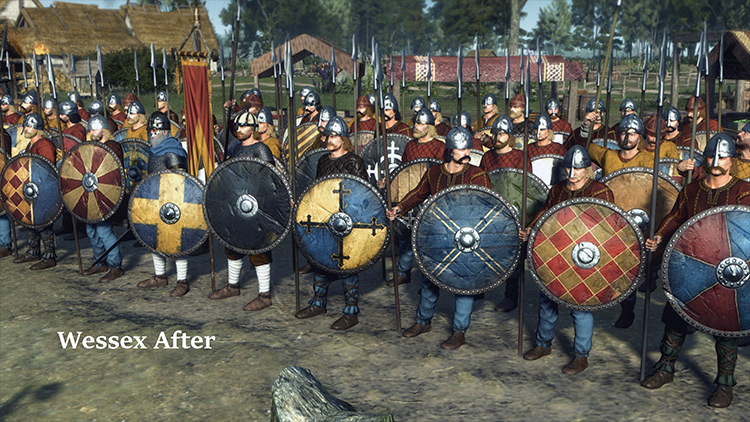

Trade routes through the Shannon River were frequented by Gallic and Frankish (Cecil O’Rahilly, Ireland and Wales). There are just as many connections between Ireland and Europe after the fall of Rome. Both the Irish and the Romans also mention that Irish princes would go to Rome for help to reclaim lands (John Morris, The Age of Arthur). Roman literary evidence also suggests military actions taken into Ireland, such as when the poet Juvenal says that Roman arms have been taken “beyond the shores of Ireland” ( Satires) or how Marcellanius’s Historiestells us that the Goidels of Ireland were “tribute-paying” to Rome. There is mounting evidence that Rome was active in Ireland, such as the Roman fort in Drumanagh and burials on Lambay Island. It is easy to show Ireland’s connection to Roman warfare.


However, this theory disregards the large amount of evidence that the Goidels of Ireland were in constant communication with Britain and Continental Europe throughout the earlier periods, and would have evolved the same styles of warfare as those regions to deal with them. Many scholars believe that during the Viking Age the Scandinavian raiders and settlers brought into Ireland a new style of warfare, introducing concepts like total war and formation fighting into Ireland, which previously fought in small raids as its form of waging war.


 0 kommentar(er)
0 kommentar(er)
